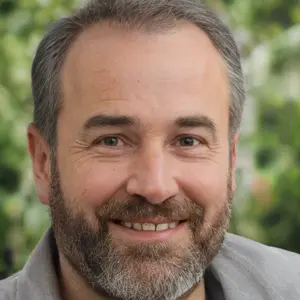How do I stop my dog from pulling on the leash?

Written by
Robert Brown
Reviewed by
Prof. Henry Webster, Ph.D.The behavior of pulling on the leash makes walks stressful and dangerous for canine companions and their owners. The ability to walk on a loose leash will prevent injury as well as make outdoor experiences more enjoyable. Training will build a structure of communication instead of endless battles of war on the leash. The methods I've developed on the leash have transformed my dog from a habit of pulling.
Harness Selection
- Choose front-clip harnesses that redirect momentum sideways
- Measure chest girth with tape for proper fit: add 2 inches or 5 cm
- Avoid choke chains that risk tracheal damage during pulling
- Test harnesses during short trial walks before purchasing
Stop-and-Go Technique
- Freeze immediately when leash tightens, wait for slack
- Resume walking only after eye contact or sit position
- Start with 10 ft or 3 m distances in low-distraction areas
- Reward loose leash with high-value treats like chicken bits
Direction Changes
- Swiftly turn 180 degrees when pulling begins
- Use verbal cue like 'this way' before changing direction
- Reward when dog follows without leash tension
- Practice 20 direction changes per walk session
Distraction Management
- Begin training in empty hallways before progressing outdoors
- Maintain 30 ft or 9 m distance from high-trigger zones
- Use 'watch me' command to regain focus during walks
- Gradually decrease buffer distance over 2 weeks
Motivation Systems
- Carrier treat pouches for immediate reinforcement access
- Vary reward types: kibble for focus, liver for breakthroughs
- Incorporate play rewards like ball tosses after loose-leash stretches
- Phase out food gradually after consistent success
Resolve pulling issues before training. Excitement, fear, and prey drive all contribute to tension. Meet exercise needs before going on leashed walks. Burn energy with fetch sessions first. My Boxer needed 15 minutes of play before she could practice leash work effectively.
Address any regression in training right away. If you are pulling resumes, temporarily boost the treat value. Each month, assess whether your harness is fitting properly, as your dog is still growing. Immediately replace any leashes that show signs of fraying or wear. For continued challenges or concerns, I recommend consulting certified trainers who specialize in leash reactivity.
Read the full article: Dog Training Basics: Essential Guide for Beginners

